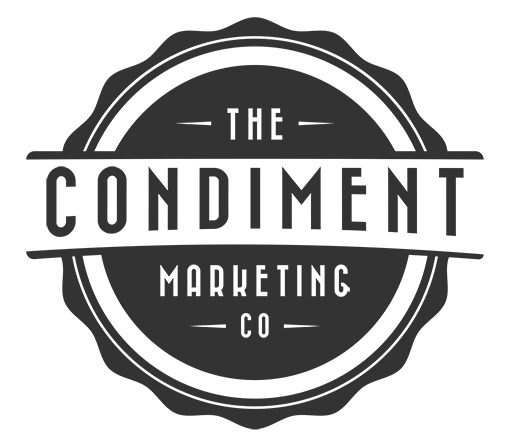Last month we focused on newsletter writing for small businesses, and this month we will focus on social media content writing for small businesses. To get started, it’s important to understand the jargon. Consider this your social media dictionary …
Blog – A blog is a website that either exists on its own or under the domain of a parent website for the purpose of regularly publishing posts or articles.
Direct Message – With Twitter, you can send 140 character messages to one of your followers without the whole world seeing. There are two methods for doing so. 1) Begin your tweet with “d username.” 2) Look 1/3 of the way down on the right hand side of your Twitter page and click “Direct Message.” From there you can find the username of the person you want to message from the pull down bar. Type away!
Friend Request – This vague term is creeping up all over pop culture in commercials and even jokes. Think of a friend request as a method for asking someone to join your online social network.
Hash Tag – A hash tag is used within a Tweet as a way to participate in a particular conversation on Twitter. For example, if you are a fan of the television show Lost, then you could jump into the ongoing conversation by including “#Lost” in your Tweet.
Microblogging – When you post information to the web in small doses. Twitter is microblogging.
@ Reply – Write a tweet to someone or that mentions someone by including @username within the 140 characters allowed.
Re-Tweet – Re-publishing another Tweet using this text preceding the re-published message: RT @USERNAME.
Shrink a Link – Websites such as BudUrl.com allow you to take a long URL and shrink the link to just a few characters.
Social Media – A million different definitions from a million different people. But over at Duct Tape Marketing they say “[s]ocial media is the use of technology combined with social interaction to create or co-create value.”
Social Network – Locations on the Internet where individuals can contact other individuals, share information, join groups, promote their businesses, etc.
Web 1.0, 2.0, and 3.0 – Web 1.0 is one-way broadcasting, meaning only the owner of the site can publish information. Web 2.0 signifies a conversation between the original author of the content and all those who can comment or participate. Web 3.0 is not clearly defined yet, but the general consensus says that Web 3.0 is about openness and about being available from all devices and from all places.
Widget – On the web, a widget is a small piece of code that can be placed anywhere on a website resulting in a unique piece of information viewable by the web visitor. For example, I installed a “tag cloud” widget on the left side of this blog.
Viral – When a blog post, video, picture, or other piece of online content is spread by Internet users to many other users. Learn more about viral-ness by reading about Examples of Viral Marketing






Nice blog only thing i dont understand is hashtag.
Can u pls explain in details wot it means